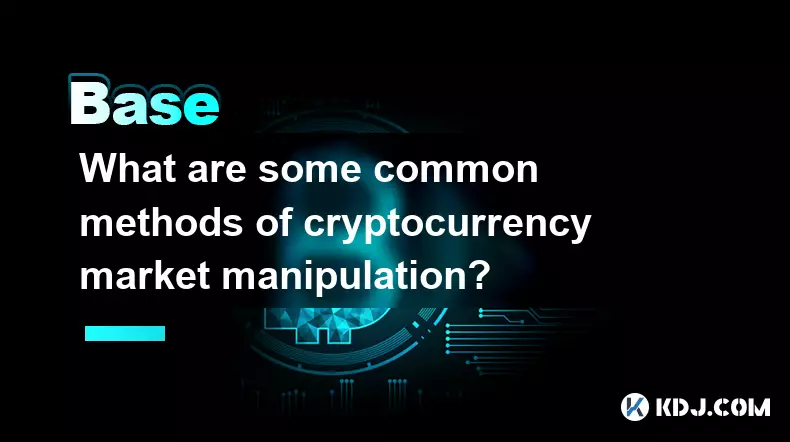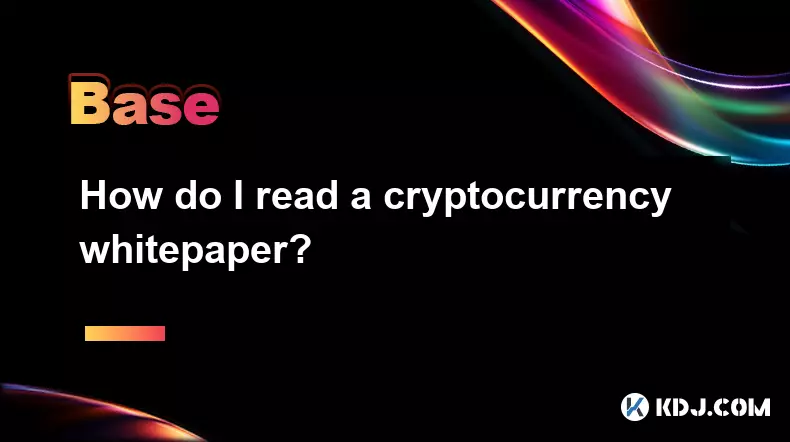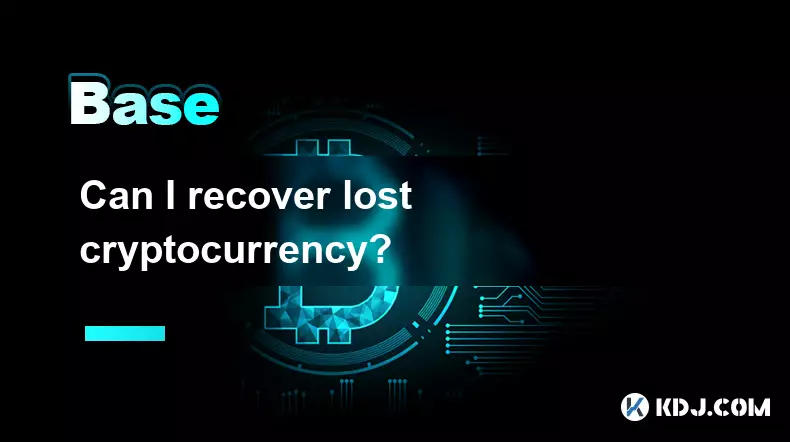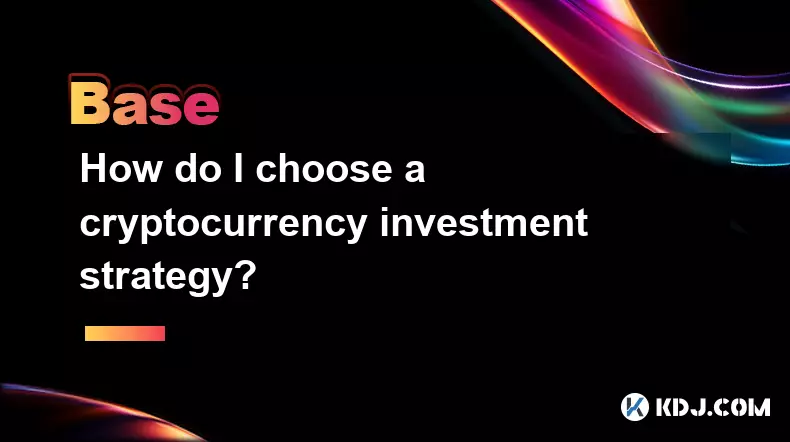-
 bitcoin
bitcoin $123963.239194 USD
1.37% -
 ethereum
ethereum $4529.082464 USD
1.07% -
 xrp
xrp $2.983640 USD
0.71% -
 tether
tether $1.000287 USD
0.02% -
 bnb
bnb $1179.874393 USD
2.99% -
 solana
solana $230.633678 USD
1.55% -
 usd-coin
usd-coin $0.999835 USD
0.03% -
 dogecoin
dogecoin $0.254240 USD
1.34% -
 tron
tron $0.341176 USD
0.15% -
 cardano
cardano $0.842285 USD
0.52% -
 hyperliquid
hyperliquid $48.537896 USD
-0.86% -
 chainlink
chainlink $21.863092 USD
-0.84% -
 ethena-usde
ethena-usde $0.999743 USD
-0.07% -
 sui
sui $3.579561 USD
-0.18% -
 stellar
stellar $0.403418 USD
2.67%
What is the significance of cross-chain technology for Web3?
Cross-chain tech fuels Web3 growth by enabling seamless asset and data transfer across blockchains, boosting DeFi liquidity, dApp scalability, and decentralized identity.
Sep 18, 2025 at 11:18 pm

Cross-Chain Technology and Its Role in Web3 Expansion
1. Cross-chain technology enables the transfer of assets and data between different blockchain networks, breaking down silos that have historically limited interoperability in the cryptocurrency space. This capability allows users to leverage the strengths of multiple blockchains without being confined to a single ecosystem.
2. By connecting disparate ledgers, cross-chain solutions enhance liquidity across decentralized finance (DeFi) platforms. Users can move stablecoins or yield-generating tokens from high-fee networks like Ethereum to more cost-efficient chains such as Polygon or Arbitrum, optimizing capital efficiency and reducing transaction costs.
3. Decentralized applications (dApps) benefit significantly as developers gain access to broader user bases and improved scalability options. A dApp built on one chain can interact with services hosted on another, enabling complex workflows that span multiple protocols and consensus mechanisms.
4. Security models are also evolving through cross-chain communication. While early bridging methods relied heavily on centralized custodians, newer architectures employ trustless validation techniques using cryptographic proofs and decentralized validator sets, improving resistance against single points of failure.
5. The expansion of NFT ecosystems across chains illustrates another practical application. Artists and creators can mint digital collectibles on environmentally friendly chains while still allowing ownership verification and trading on major marketplaces connected via cross-chain messaging protocols.
Challenges Facing Cross-Chain Integration
1. One of the most pressing concerns is the risk of exploits targeting bridge contracts. Several high-profile hacks have resulted in losses exceeding hundreds of millions of dollars, highlighting vulnerabilities in smart contract logic and governance structures.
2. Consensus finality differences between blockchains complicate message confirmation. For example, chains relying on probabilistic finality like Ethereum require additional layers of verification before asset transfers are considered secure on deterministic ledgers.
3. Lack of standardized messaging formats hinders seamless interaction. Projects like Chainlink CCIP and Axelar attempt to address this by defining universal packet structures, but widespread adoption remains fragmented across competing frameworks.
4. Regulatory scrutiny intensifies as cross-jurisdictional asset movement becomes easier. Authorities may view certain types of cross-chain transactions as potential vectors for money laundering or sanctions evasion, prompting calls for enhanced compliance tools.
5. User experience suffers when managing keys, gas fees, and network selections across multiple environments. Even experienced participants face confusion when tracking balances or diagnosing failed transactions due to incorrect chain routing.
Impact on Decentralized Identity and Governance
1. Cross-chain identity solutions allow individuals to maintain a unified reputation score or credential set across various networks. This reduces redundancy in Know Your Customer (KYC) processes and supports verifiable credentials in DAO voting systems.
2. Token-based governance proposals can be executed across linked ecosystems, enabling coordinated upgrades or treasury allocations involving assets held on separate blockchains.
3. Vote delegation mechanisms become more flexible when stakeholders can participate from their preferred chain without needing to consolidate holdings into one wallet.
4. Dispute resolution protocols benefit from multi-chain attestations, where evidence from different ledgers contributes to a more comprehensive view of transaction history and intent.
5. Interoperable reputation systems empower users to build long-term credibility that isn’t tied to any single platform or token standard.
Frequently Asked Questions
What distinguishes a wrapped token from a native cross-chain asset?A wrapped token is an indirect representation of an original asset, typically backed 1:1 by reserves held in custody. In contrast, a native cross-chain asset moves through a protocol that locks the source chain’s tokens and mints equivalent ones on the destination chain using automated validators rather than custodial control.
How do relayers function in cross-chain communication?Relayers are nodes responsible for monitoring events on one blockchain and submitting proofs of those events to another. They act as messengers carrying transaction data across networks, often incentivized through fee mechanisms or staking rewards for accurate reporting.
Can cross-chain technology reduce reliance on centralized exchanges?Yes. By enabling direct peer-to-peer swaps and asset migrations between blockchains, cross-chain protocols minimize the need to convert cryptocurrencies into fiat or use intermediary exchange platforms for inter-network transfers.
Are there environmental implications associated with cross-chain operations?While cross-chain itself does not inherently increase energy consumption, the proliferation of redundant computations across multiple networks for verification purposes can lead to higher aggregate resource usage compared to single-chain interactions.
Disclaimer:info@kdj.com
The information provided is not trading advice. kdj.com does not assume any responsibility for any investments made based on the information provided in this article. Cryptocurrencies are highly volatile and it is highly recommended that you invest with caution after thorough research!
If you believe that the content used on this website infringes your copyright, please contact us immediately (info@kdj.com) and we will delete it promptly.
- BlockDAG, DOGE, HYPE Sponsorship: Crypto Trends Shaping 2025
- 2025-10-01 00:25:13
- Deutsche Börse and Circle: A StableCoin Adoption Powerhouse in Europe
- 2025-10-01 00:25:13
- BlockDAG's Presale Buzz: Is It the Crypto to Watch in October 2025?
- 2025-10-01 00:30:13
- Bitcoin, Crypto, and IQ: When Genius Meets Digital Gold?
- 2025-10-01 00:30:13
- Stablecoins, American Innovation, and Wallet Tokens: The Next Frontier
- 2025-10-01 00:35:12
- NBU, Coins, and Crypto in Ukraine: A New Yorker's Take
- 2025-10-01 00:45:14
Related knowledge

How does cryptocurrency achieve decentralization?
Sep 30,2025 at 04:37am
Understanding the Foundation of Decentralization in Cryptocurrency1. Cryptocurrency achieves decentralization primarily through the use of blockchain ...

What are some common methods of cryptocurrency market manipulation?
Sep 27,2025 at 02:55am
Wash Trading and Its Impact on Market Perception1. Wash trading involves an individual or entity simultaneously buying and selling the same cryptocurr...

How do I read a cryptocurrency whitepaper?
Sep 27,2025 at 05:54am
Understanding the Structure of a Cryptocurrency Whitepaper1. Begin by identifying the executive summary, which outlines the project’s core vision and ...

Can I recover lost cryptocurrency?
Sep 25,2025 at 08:18am
Understanding the Nature of Cryptocurrency Loss1. Cryptocurrency operates on decentralized networks, meaning there is no central authority to reverse ...

How do I choose a cryptocurrency investment strategy?
Sep 27,2025 at 03:55pm
Understanding Risk Tolerance in Crypto Investing1. Assessing personal risk tolerance is a foundational step when entering the cryptocurrency market. V...

How can I earn passive income from cryptocurrency?
Sep 23,2025 at 10:18am
Staking Cryptocurrencies for Regular Returns1. Many blockchain networks operate on a proof-of-stake (PoS) consensus mechanism, allowing users to earn ...

How does cryptocurrency achieve decentralization?
Sep 30,2025 at 04:37am
Understanding the Foundation of Decentralization in Cryptocurrency1. Cryptocurrency achieves decentralization primarily through the use of blockchain ...

What are some common methods of cryptocurrency market manipulation?
Sep 27,2025 at 02:55am
Wash Trading and Its Impact on Market Perception1. Wash trading involves an individual or entity simultaneously buying and selling the same cryptocurr...

How do I read a cryptocurrency whitepaper?
Sep 27,2025 at 05:54am
Understanding the Structure of a Cryptocurrency Whitepaper1. Begin by identifying the executive summary, which outlines the project’s core vision and ...

Can I recover lost cryptocurrency?
Sep 25,2025 at 08:18am
Understanding the Nature of Cryptocurrency Loss1. Cryptocurrency operates on decentralized networks, meaning there is no central authority to reverse ...

How do I choose a cryptocurrency investment strategy?
Sep 27,2025 at 03:55pm
Understanding Risk Tolerance in Crypto Investing1. Assessing personal risk tolerance is a foundational step when entering the cryptocurrency market. V...

How can I earn passive income from cryptocurrency?
Sep 23,2025 at 10:18am
Staking Cryptocurrencies for Regular Returns1. Many blockchain networks operate on a proof-of-stake (PoS) consensus mechanism, allowing users to earn ...
See all articles










































































